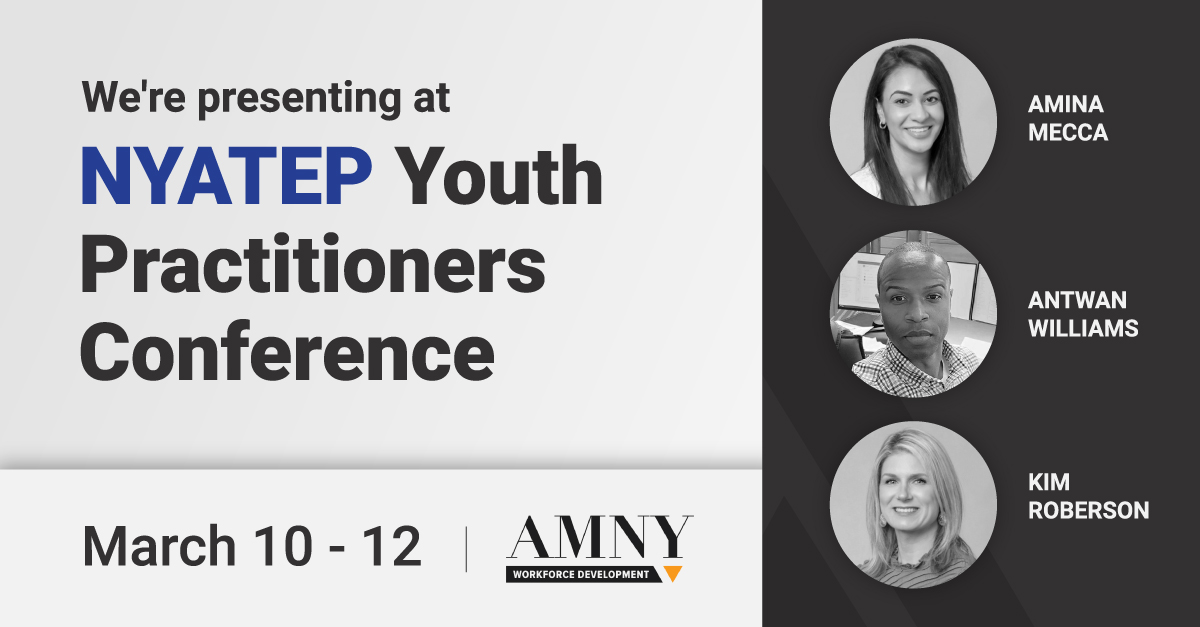
Benchmarking Your Workforce Development Program: A Guide to Success
A well-designed workforce development program can help employees acquire new skills, improve their performance, and contribute to the overall success of the organization. It can also have a significant positive impact on the community it serves and the people in it. However, to ensure that your program is effective, it’s essential to benchmark it against industry standards.
Why Benchmark Your Workforce Development Program?
Benchmarking provides valuable insights into the effectiveness of your workforce development program. By comparing your program to industry best practices, you can:
- Optimize resource allocation: Allocate resources more effectively by focusing on areas where your program can have the greatest impact. Determine if additional outreach coordinators or staff are needed.
- Enhance program effectiveness: Implement strategies to improve your program’s outcomes and better meet the needs of your participants.
- Stay competitive: Ensure that your organization remains competitive by highlighting the unique aspects of your program. These can include focusing on your employer partnerships, new programs, in-demand services, business community connections and more.
Key Metrics to Benchmark
When benchmarking your workforce development program, consider the following key metrics:
- Program Enrollment Rates: Track enrollment to determine whether you meet or exceed enrollment goals. Monitor impact of marketing and other efforts on enrollment patterns.
- Program Completion Rates / Employment Rates: Understand the full-funnel impact of your participants. Determine those that completed the program and went on to successful careers due to the skills and certifications learned as part of your program.
- Participant Satisfaction: Measure satisfaction with the program and its effectiveness in meeting participant career goals.
- Return on investment (ROI): Analyze the impact of financial investments in your program including marketing spend used to increase program awareness and enrollment.
- Alignment with business objectives: Evaluate how well the program aligns with the organization’s strategic goals and business needs.
Benchmarking Partners
Benchmarking partners in workforce development can offer valuable insights. Program coordinators can share enrollment numbers, completion rates, and participant feedback. Employers can provide data on hiring rates and employee performance. Marketing agencies can offer expertise on reaching and motivating potential participants.
To ensure program success, hold contributing parties accountable for their inputs. Their expertise offers valuable insights into program strategies and industry best practices, enhancing the overall effectiveness of your workforce development initiative.
Data Collection and Analysis
Data collection for your program should involve surveys, interviews, or reviewing publicly available information. Analyze the data to identify areas where your program is performing well and where it could be improved.
Setting Goals and Implementing Improvements
Based on the benchmarking analysis, set specific goals for improving your workforce development program. Develop and implement strategies to achieve these goals, such as:
- Tailoring the program: Customize the program to better meet the specific needs of your students and your organization.
- Improving program delivery: Enhance the delivery methods and content of the program to make it more engaging and effective.
- Measuring outcomes: Track the outcomes of the program and adjust as needed.
Benchmarking your workforce development program is a valuable tool for ensuring its effectiveness and competitiveness. By comparing your program to industry standards, you can identify areas for improvement, optimize resource allocation, and enhance employee development.



